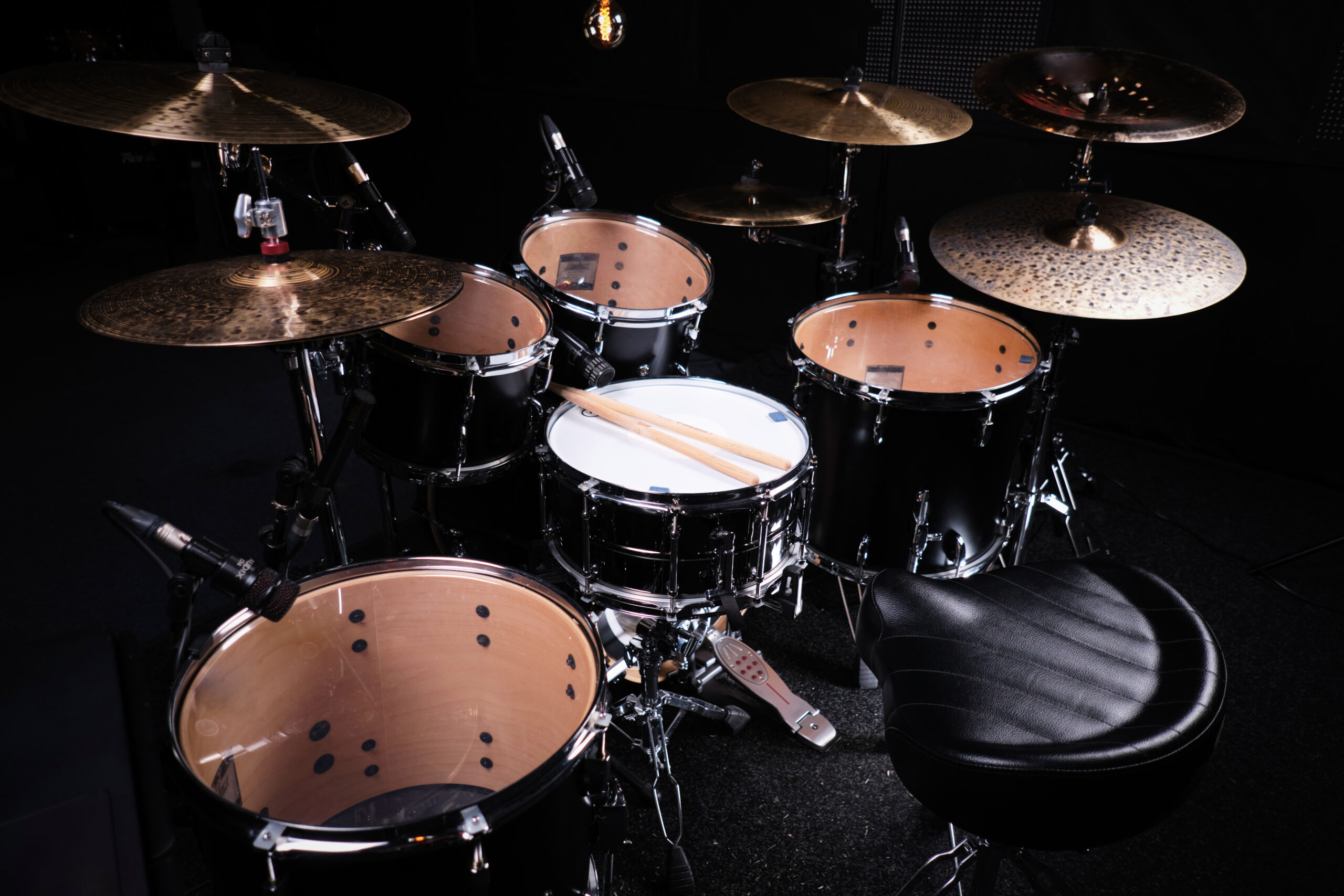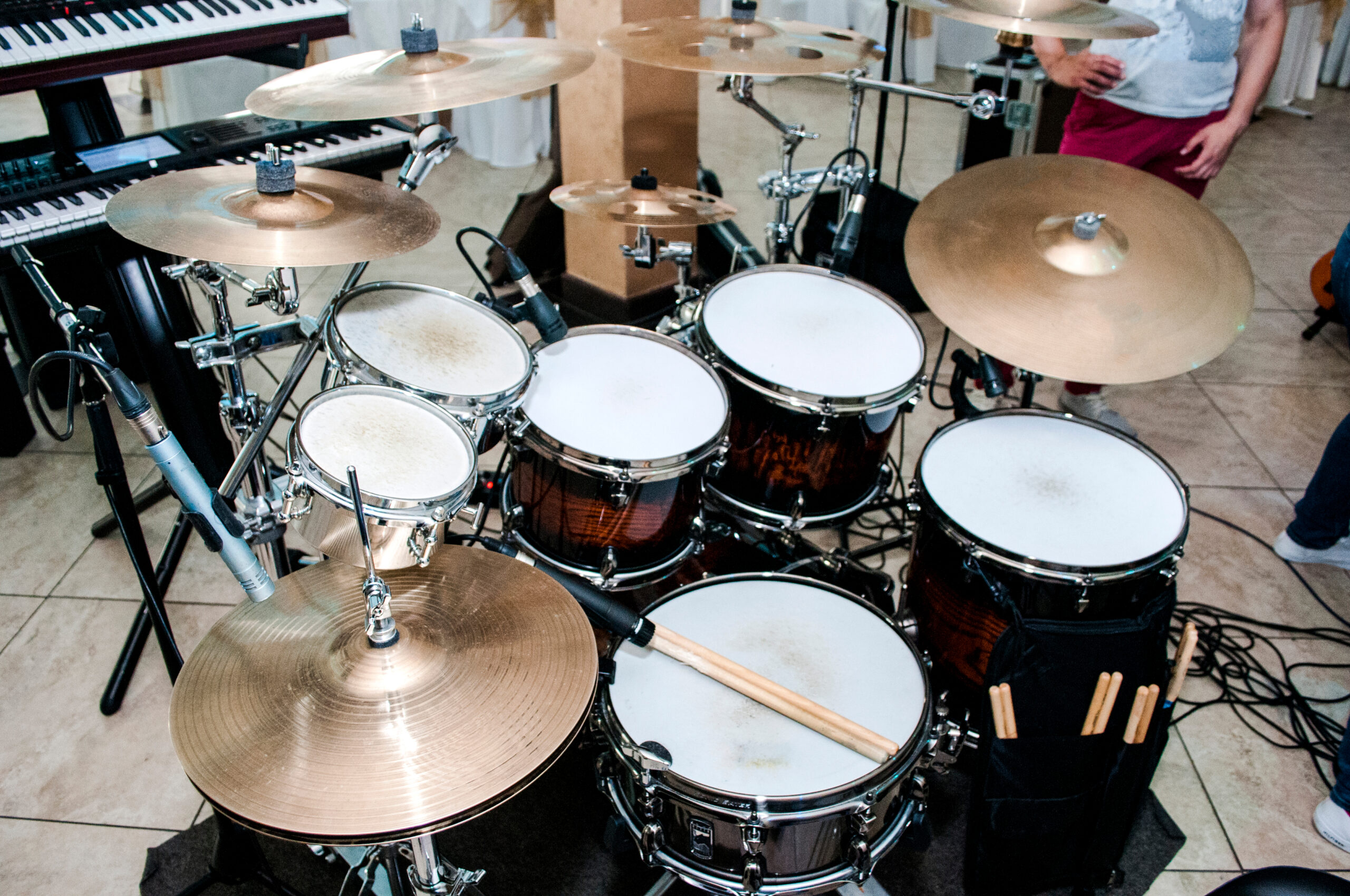Rhythm Cave Courses Provide
Educational Structures
for drum students of all ages, ambitions and levels of experience. These courses have been designed to build musical facility, confidence and experience whilst employing solid and enjoyable practise routines. Each course presents students with all the tools necessary to reach their desired level of proficiency across all the main areas of contemporary drumming.
A holistic approach to style and genre ensures that each student develops a broad set of skills and a sophisticated understanding of musical context. Each course level provides select materials from The Rhythm Cave library and incorporates the relevant lessons within a detailed course structure. Students are presented with a clear methodology and all the necessary work sheets to help achieve their goals.
All courses come with a set of “Outlines and Objectives” so that students can easily navigate the syllabus and apply a methodical approach to the tasks within the course. Having a clear breakdown of course elements enables students to gain a depth of understanding and a strong sense of accomplishment within the key areas of drumming performance and musicianship.
Rhythm Cave’s “progress tracker’ page enables systematic box ticking of each lesson of the course. Once a course has been purchased your course you can keep track of each lesson, marking them as you comlete each one.
Rhythm Cave courses are available at four levels
Course levels 1 – 4/5 represent the difficulty range comparable to levels 1 – 10
- Level 1 – Introductory
- Level 2 – Intermediate
- Level 3 – Advanced
- Level 4-5 – Superior
Rhythm Cave courses also include access to “Rhythm Plan” audio playalong supplements. These are available as mp3 files that can be utilized with any device and introduce a practical and exciting format within which to gain valuable playing experience.






